Limping, or the inability to bear weight on a limb, is a fairly common problem in dogs. Although limping is typically always the result of some type of pain and it can happen in any leg or multiple legs at one time, depending on the cause of the pain. Here we’ll go over some reasons you may find your dog or puppy limping.
#1 – Torn Pad
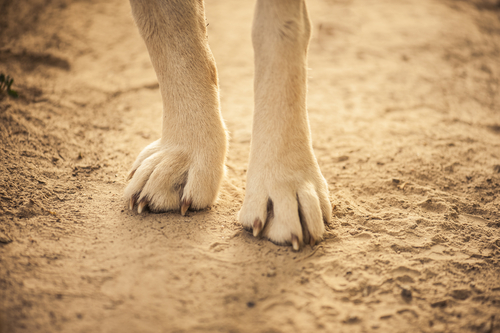
Torn paw pads are one of the most common reasons dogs may be limping. Dogs can tear pads walking on rough terrain, making sharp turns or even walking too long on a surface their feet aren’t used to, such as dirt or sand. Active dogs often tear pads chasing balls and other toys or wrestling with each other. If you notice your dog has a torn pad, take care to keep them off of their feet for a while and consult your veterinarian for further care.
#2 – Broken Nail

Broken nails can be very painful for dogs and will cause limping if the pain is severe enough. Nails can be torn off or broken by getting caught on just about anything, so it’s important to make sure your dog’s nails are kept adequately short to prevent this from happening. A broken nail can become infected so it’s a good idea to seek veterinary care rather than ignore the issue.
#3 – Panosteitis
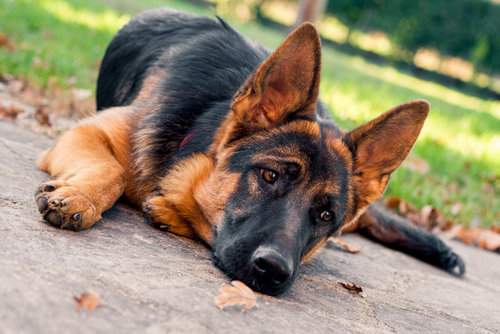
Panosteitis, or Pano, is a condition in many larger breed dogs and puppies that happens as they grow, typically between 5 and 18 months of age. Pano is a type of bone inflammation and the cause is not entirely known. It is usually short-lived but can last for several months, jumping from one leg to another. Unfortunately there is little more to offer than pain management until the Pano leaves on its own. The most common breed to get Pano is the German Shepherd, followed by Great Danes, Golden Retrievers and Labrador Retrievers.
#4 – Broken Bone
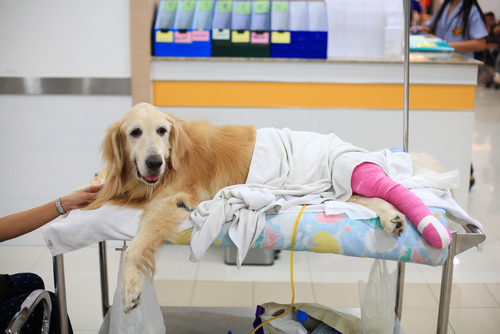
Broken bones are a very serious issue that need immediate veterinary attention. Some breaks are so bad they are very obvious, while others may be tiny fractures that go unnoticed except for lameness in the leg. Either way, have the pain checked out to rule out any serious ailments. Dogs can break bones in just about any way a human can and early treatment is essential to proper healing.
#5 – Hip Dysplasia
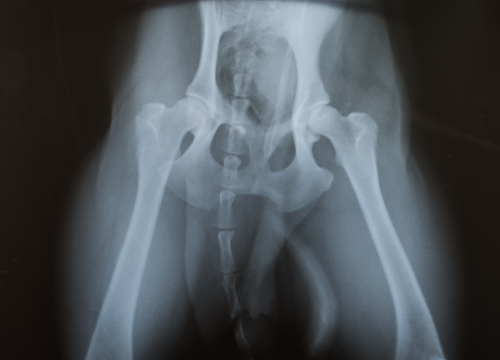
Many dogs with hip dysplasia will go their entire lives without pain, but others may start showing signs of lameness early on. Hip dysplasia can only be diagnosed by radiograph and your veterinarian will offer solutions to pain depending on the severity of the dysplasia. Even dogs with very poor hips can live relatively normal, happy lives.
#6 – Elbow Dyplasia

Elbow dysplasia may first be noticed as lameness in one or both front legs and must be diagnosed by a veterinarian through radiographs. Like hip dysplasia, many dogs will live their entire lives without symptoms while others will become lame early on. Treatment varies on the severity and even dogs with very bad elbows can live normal lives.
#7 – Muscle Sprain or Tear

One of the most common injuries in dogs is a CCL tear – a tear of the cranial cruciate ligament that attaches the femur to the tibia. These injuries are very common and most often happen in overweight dogs playing around and chasing toys or other dogs. Canine athletes, like agility dogs, also seen to have these injuries quite often. Like an ACL in humans, CCL tears are very painful and serious and need immediate veterinary care.
#8 – Bone Cancer
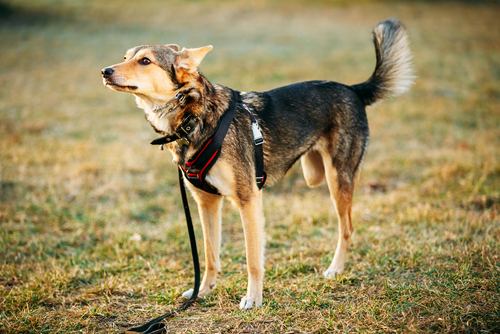
Lameness in any leg can be the result of osteosarcoma, or bone cancer. Tumors can be very painful growths and sometimes too small to see outside of a radiograph. Veterinary care is imperative as these cancers can and do spread quickly. While the result is most often the loss of the limb, the dog can go on to live a relatively normal life some years after the amputation.
 Toledo, United States.
Toledo, United States.